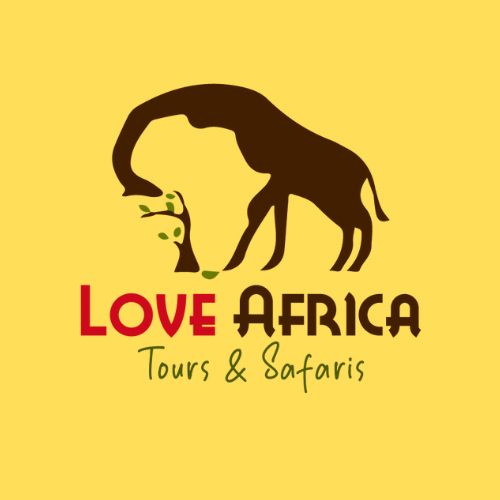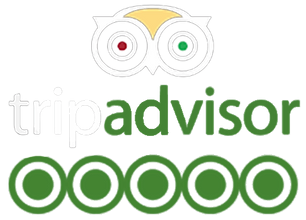Mount Kilimanjaro Frequently Asked Questions
-
We provide answers
-
About Mount Kilimanjaro
We've Put Together
A List Of The Commonly Asked FAQs About Mount Kilimanjaro.
Given its status as the tallest mountain in Africa it should be difficult to climb, right? Contrary to perception, it’s not beyond a person with a good physical condition. The Mount Kilimanjaro Trekking is accessible through five distinct routes, each representing different degrees of difficulty, climate, and vegetation.
Welcome to our Trekking Frequently Asked Questions page! If you’re considering embarking on an adventurous trekking journey or are simply curious about this thrilling activity, you’ve come to the right place. Here, we provide answers to some of the most common questions about trekking to help you better understand what it entails and how to prepare for an incredible trekking experience.
Where is Mount Kilimanjaro located?
Mount Kilimanjaro is located in Tanzania, East Africa. It is the highest peak in Africa and the highest free-standing mountain in the world.
What is the highest peak of Mount Kilimanjaro?
The highest peak of Mount Kilimanjaro is Uhuru Peak, which stands at 5,895 meters (19,341 feet) above sea level.
What is the best time of year to climb Kilimanjaro?
The best time to climb Kilimanjaro is during the dry season, which runs from late June to October, and January to mid-March. These months have the most stable weather conditions and lower chances of rainfall.
How long does it take to climb Kilimanjaro?
The length of time it takes to climb Kilimanjaro depends on the route taken and the pace of the climb. On average, it takes between 5-9 days to climb Kilimanjaro.
What is the altitude of Mount Kilimanjaro?
The altitude of Mount Kilimanjaro is 5,895 meters (19,341 feet) above sea level at its highest point.
How difficult is it to climb Kilimanjaro?
Climbing Kilimanjaro can be a challenging experience, but it is not a technical climb. However, it requires good physical fitness, mental endurance, and acclimatization to high altitudes.
Do I need to have climbing experience to climb Kilimanjaro?
No, you don’t need to have previous climbing experience to climb Kilimanjaro. However, it is recommended to have some level of physical fitness and prior hiking experience.
What equipment do I need to climb Kilimanjaro?
Some of the essential equipment needed to climb Kilimanjaro includes proper hiking boots, warm clothing layers, a sleeping bag, a headlamp, and a backpack. More specialized equipment such as crampons, ice axes, and harnesses may be necessary for some routes.
Do I need a permit to climb Kilimanjaro?
Yes, you need a permit to climb Kilimanjaro. The permit is obtained through a licensed tour operator, and the fees vary depending on the route and the number of days of the climb.
Is it safe to climb Kilimanjaro?
Climbing Kilimanjaro is generally considered safe. However, altitude sickness and other medical issues can occur, so it is important to prepare adequately and climb with an experienced guide.
What is the cost of climbing Kilimanjaro?
The cost of climbing Kilimanjaro varies depending on the route taken, the length of the climb, and the tour operator chosen. On average, the cost can range from $1,500 to $5,000 per person.
What should I wear to climb Kilimanjaro?
It is important to wear warm and comfortable clothing that can protect against the cold and windy conditions on the mountain. This includes layers of breathable fabrics, insulated jackets, waterproof pants, and sturdy hiking boots.
What is the best route to climb Kilimanjaro?
The best route to climb Kilimanjaro depends on the individual’s fitness level, experience, and personal preferences. Some popular routes include the Machame Route, Lemosho Route, and Marangu Route.
What is the success rate for climbing Kilimanjaro?
The success rate for climbing Kilimanjaro varies depending on the route, the climber’s preparation, and the guide’s expertise. On average, the success rate is around 90-100%, but this can be higher or lower depending on the specific circumstances.
What are the health risks of climbing Kilimanjaro?
Climbing Kilimanjaro involves exposure to high altitude and extreme weather conditions, which can lead to health risks such as altitude sickness, hypothermia, and frostbite. It is important to prepare adequately, climb with an experienced guide, and monitor one’s health closely while on the mountain.
What rental gear is available?
We have sleeping bags and trekking poles available for rent. You do not have to reserve them. You can acquire your rentals and pay for them at the trip briefing. If you need other gear, our staff can take you to independently owned shops to purchase or rent gear. However, we are not responsible for the quality of the gear you obtain at these shops. We provide foam sleeping mats for all climbers.
Which routes do you recommend?
What is the difference between a group climb and private climb?
If I am a single climber, do I have to share a room and tent with someone else on a group climb? We pair same single climbers to share a double room before and after the climb and to share a three person tent during the trek. You can get a single room and single tent for yourself by paying for a single supplement. Single supplements must be arranged at the time of booking.

